As you could see in the first part of our special, the first years of the SUPER FIGHTS represented a consolidation for the biggest MMA events on the planet. Despite the extinction of PRIDE and Affliction, the UFC confirmed its growth by signing almost all the biggest stars in the sport and holding the historic UFC 100, an event that to this day is a reference for success in the house.
See too
However, the big tree was yet to come. Check out the second part of the article below, which begins by covering the year that changed the history of MMA and brought the sport to the masses not only in Brazil, but also in the United States.
2011 – “Boom” – the year of glory
Perhaps 2011 was the biggest turning point in MMA in the last seven years. The period represented the great “explosion” of the sport, with some important milestones being reached both in Brazil and abroad.
The first of them took place in February, with the fight that introduced MMA to the masses in Brazil. Anderson Silva, dominant king of the middleweight division, would defend his title against the popular Vitor belfort at a meeting of Brazilians in Las Vegas (USA). The fight caught the attention of major media outlets and people who didn't usually follow the sport, who stayed up until dawn on that fateful day. The champion's cinematic knockout, a front kick that put the “Phenomenon” on the ground, was the missing ingredient for MMA to become popular with the people.
Furthermore, 2011 marked the long-awaited return of the UFC to Brazilian lands. After 13 years, the octagon arrived in the country with UFC 134, in Rio de Janeiro, in a star-studded card. The knockout victories of Rodrigo Minotauro, Mauritius Shogun e Anderson Silva They made the audience present in the gym a party and fixed Brazil once and for all on the Ultimate calendar.
With such success, it was a matter of time before the UFC arrived on open television – and that happened on November 12th. The fight between Cain Velazquez e junior gypsy, valid for the heavyweight belt, was broadcast live on FOX in the United States and on Globo in Brazil. The fight was quick, with Cigano winning in just over a minute, but it served to make history: almost six million people watched the fight in the USA, with a crowd of Brazilians, complete with a narration by Galvão Bueno, watching the fight. Gypsy's triumph. MMA was here to stay.
To crown the UFC's season of glory, two other important achievements were achieved in 2011: the event with the biggest audience ever held by the organization, with UFC 129 (55 thousand people), in addition to the acquisition of Ultimate's biggest competitor, Strikeforce.
2012 – The year of injuries
While the previous year was a success for the UFC, 2012 ended up being marked by some setbacks. The organization found itself without two of its biggest stars – Georges St Pierre, who spent almost the entire year out due to injury, and Brock Lesnar, retired from MMA – and saw his schedule disrupted by some uncomfortable unforeseen events.
For the first time in UFC history, an event had to be cancelled. UFC 151, scheduled for September 1st, was not held due to a leg injury. Dan Henderson, who would do the main fight against Jon Jones for the light heavyweight belt. At the last minute, the organization proposed to the champion a fight against Chael Sonnen, but Jones refused, claiming he would have little time to prepare for a new opponent. The episode damaged the image of the UFC and Jones, who was accused by some of “running” from an opponent who came from the lower division.
Injuries also hampered the event held in Rio de Janeiro in October. Originally, José Aldo would defend the featherweight belt against Erik Koch, but the challenger was injured and was replaced by Frankie Edgar; Shortly after, it was the champion's turn to leave the card after injuring his foot in a motorcycle fall. The co-main fight, which would have Quinton jackson against Glover Teixeira, it also didn't happen after the North American was injured. Finally, Vitor belfort, which would face Alan belcher, left the card to fight for the light heavyweight belt against Jon Jones.
Thus, the event in Rio had to be remodeled. In time, Anderson Silva agreed to have a fight in the 93 kg division against the TUF 1 runner-up, Stephan bonnar. Already Rodrigo Minotauro he hastened his recovery from an injury and faced Dave Herman in the second most important fight of the night. The Brazilian victories mitigated the damage, but the unforeseen events certainly turned on the warning light in the UFC.
The positive side, sportingly speaking, was some notable fights in the title fight. In July, Anderson Silva hit Chael Sonnen in the long-awaited rematch and made what would be his final defense of the middleweight title; at the last event of the year, Cain Velazquez dominated junior gypsy to regain the heavyweight title.
The year 2012 also marked the first edition of the reality show The Ultimate Fighter in Brazil. The program, led by Vitor belfort e Wanderlei Silva, revealed good names to the UFC, such as the champions Ron Jason e Cezar Mutant, And Serginho Moraes, Daniel sarafian e Francisco Massaranduba. However, the duel between the coaches, scheduled for UFC 147, in June, did not happen, surprisingly, due to Belfort's injury.
2013: The fall of the Spider
The UFC began 2013, the year of its 20th anniversary, willing to erase the previous year's misfortunes and return to the favorable tide of 2011. To achieve this, it took some decisions that went down in the organization's history: the first of which was to extinguish Strikeforce and hire its athletes, which also included the women's division. UFC 157 marked the first women's fight in the Octagon, with the champion Ronda Rousey beating Liz Carmouche by submission.
But 2013 ended up being marked by the fall of the most dominant champion in UFC history. Anderson Silva he lost the middleweight belt in stunning fashion and then suffered the toughest defeat of his career in no less shocking fashion.
In July, “Spider” faced his 10th challenger, Chris Weidman, who was only having his 10th fight in MMA. The champion exuded confidence and provoked the American several times during the fight, but was caught in a moment of carelessness and suffered the first knockout of his career.
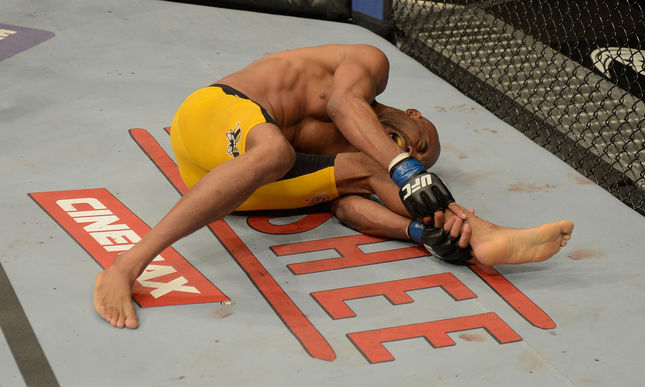
Anderson Silva suffered the last serious injury of 2013 in the UFC. Photo: Josh Hedges/UFC
The rematch took place at the last event of the season, between Christmas and New Year. Fighting more seriously, Anderson was unable to impose his game against Weidman, who came close to settling the score with a new knockout in the first round. However, in the second period, the image that went around the world and shocked MMA fans took place, with the Brazilian badly fracturing his leg after having a kick blocked by Weidman.
To make life even worse for the UFC boss, 2013 also marked the farewell to another future Hall of Fame of the organization. Tired of the intense routine of a high-performance athlete, Georges St Pierre He gave up the welterweight belt and temporarily retired from fighting.
2014: The witch dominates the UFC
Sportingly speaking, 2014 is far from being the UFC's dream year. The company started the calendar with its “foot on the accelerator”, promising the longest calendar in its history, but, as happened two years ago, the organization's events had to undergo several last-minute changes.
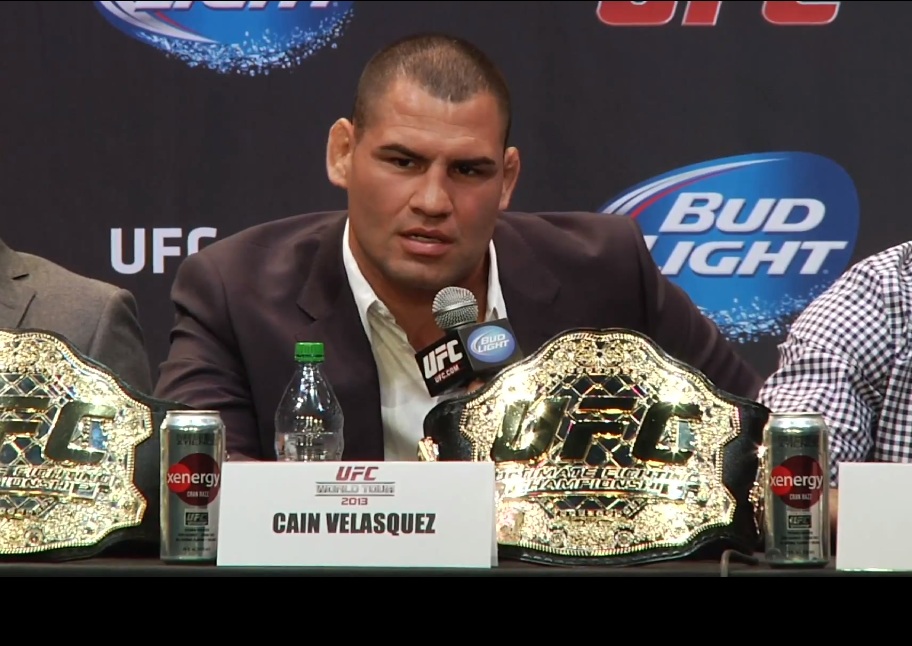
Injured, the heavyweight champion Cain Velazquez (photo) did not fight in 2014. Photo: YouTube/Reproduction
Just when it comes to title fights, it is possible to list a series of fights that did not take place or were postponed: Cain Velazquez x Fabricio Werdum, Jon Jones x Alexander Gustafson II, Jon Jones x Daniel Cormier, Chris Weidman x Vitor belfort, TJ Dillashaw x Renan Barao II. Furthermore, other episodes disrupted the UFC's trajectory in 2014, such as the cancellation of UFC 176 (which would have José Aldo x Chad Mendes II) and the soap opera involving Chael Sonnen e Wanderlei Silva, which had controversy involving anti-doping tests and the removal of both from Ultimate.
The ban on testosterone replacement therapy (TRT) was a separate chapter in 2014. Adherent to the treatment, Vitor belfort He was caught with testosterone levels above what was allowed in a surprise exam, and after the TRT ban, the Brazilian had to fight to receive a license to fight again. This made the fight against Chris Weidman for the middleweight belt, originally scheduled for May 2014, was rescheduled for February 2015.
All these controversies took their toll. So far, 2014 has been one of the UFC's worst years in terms of sales. pay-per-view, with a forecast of a 40% decrease in the company's profits.
UFC's bad luck, Bellator's luck. In 2014, Ultimate's main competitor gained notoriety after the change of command, with Bjorn Rebney leaving and ex-Strikeforce Scott Coker arriving. Some strategies adopted, such as the end of GPs and the marriage of fights with well-known athletes, resulted in successful events such as Bellator 131, which had an average audience of 1,8 million viewers.

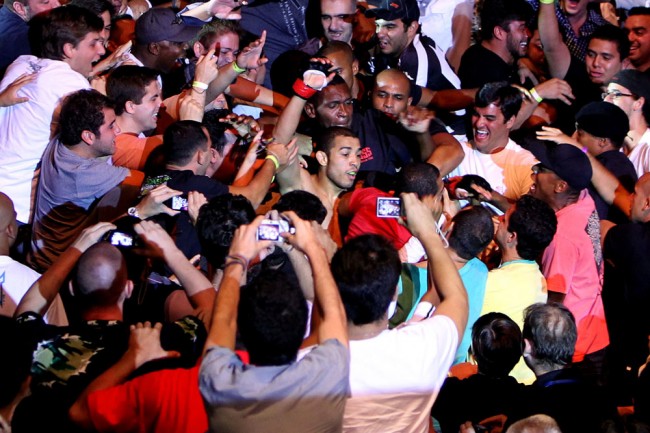
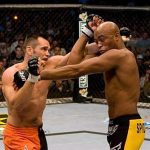


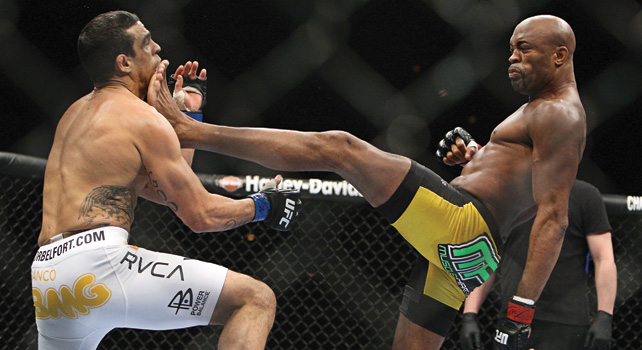
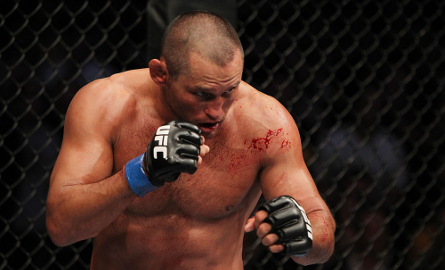
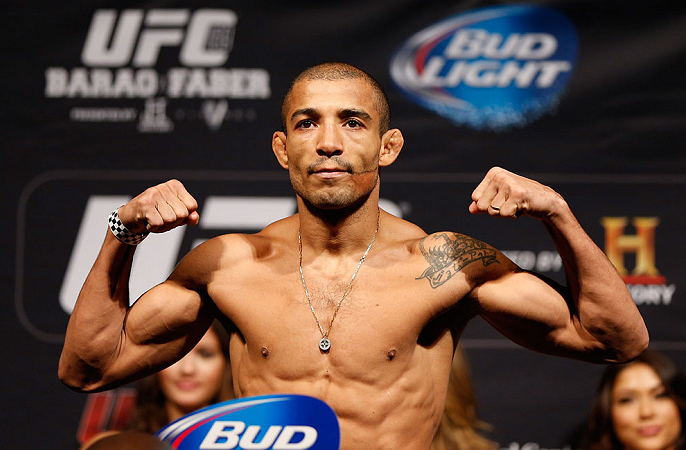
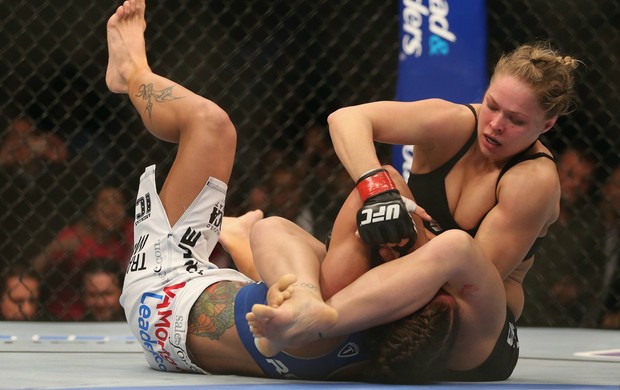

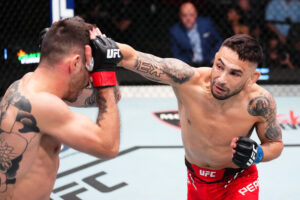
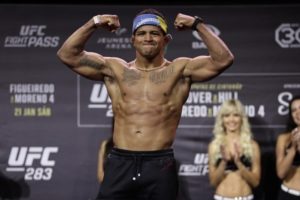
Comments